How to train your dog not to wake you up even if you've nowhere to close them off at night
Training a dog into a night-time routine is a lot easier if you have a space for them to call their own — but what happens if you don't? Ben Randall explains more.


The fact that our canine friends get so attached to us, and are always so pleased to see us, is one of the great joys of pet ownership.
But having a dog who wants to demonstrate their love by waking you up at the crack of dawn? That can be exhausting — and it’s something that a reader emailed us about this week via paws-for-thought@futurenet.com:
Dear Ben,I’ve read your suggestions about dogs who wake up too early and bark, but I have a problem. My dog Copper's sleeping area is a large, open closet with no door to close, so after giving a ‘leave’ command when he’s up early and barking hello, how can I get him back to bed and definitively end the issue without being able to close him off?We know it should be possible. Copper was fostered by another gentleman for 10 months or so, and he apparently trained her to wake up at 5:30am because she always does so, without fail. We assume that is when he wanted to arise… but we're in our 80s and would appreciate a couple more hours of sleep! Anxiously awaiting your suggestions. — JH, via email.
Unfortunately, JH, this can be a common problem — as you’ve probably realised after reading my piece on how to stop your dogs waking up too early from earlier this year, which was prompted by another reader. As you’ve realised, what you’re facing with Copper is a slightly different situation.
That's normal, though, and tailoring advice to the individual dog and owner is something I’ve often had to do in my years developing my BG (Beggarbush) foundation methods. So with that in mind, here are a few tips — and the real-life examples from my own experience which inspired them — for you situation which will help you to find the way to get your dog to sleep in a little longer.
How to stop a dog waking up too early when you’ve nowhere to shut him or her away
1. Get a crate — even for a grown-up dog
When my dogs come to the end of their working or competition life, I often retire them into the house. When that happens, they’ll have been used to waking up at 5:30 or 6 when I come out to the kennels to feed them or let them go to the toilet, so it’s a big change — and so, at first, I use a crate in its bed area. And yes, that’s with dogs who are fully grown.
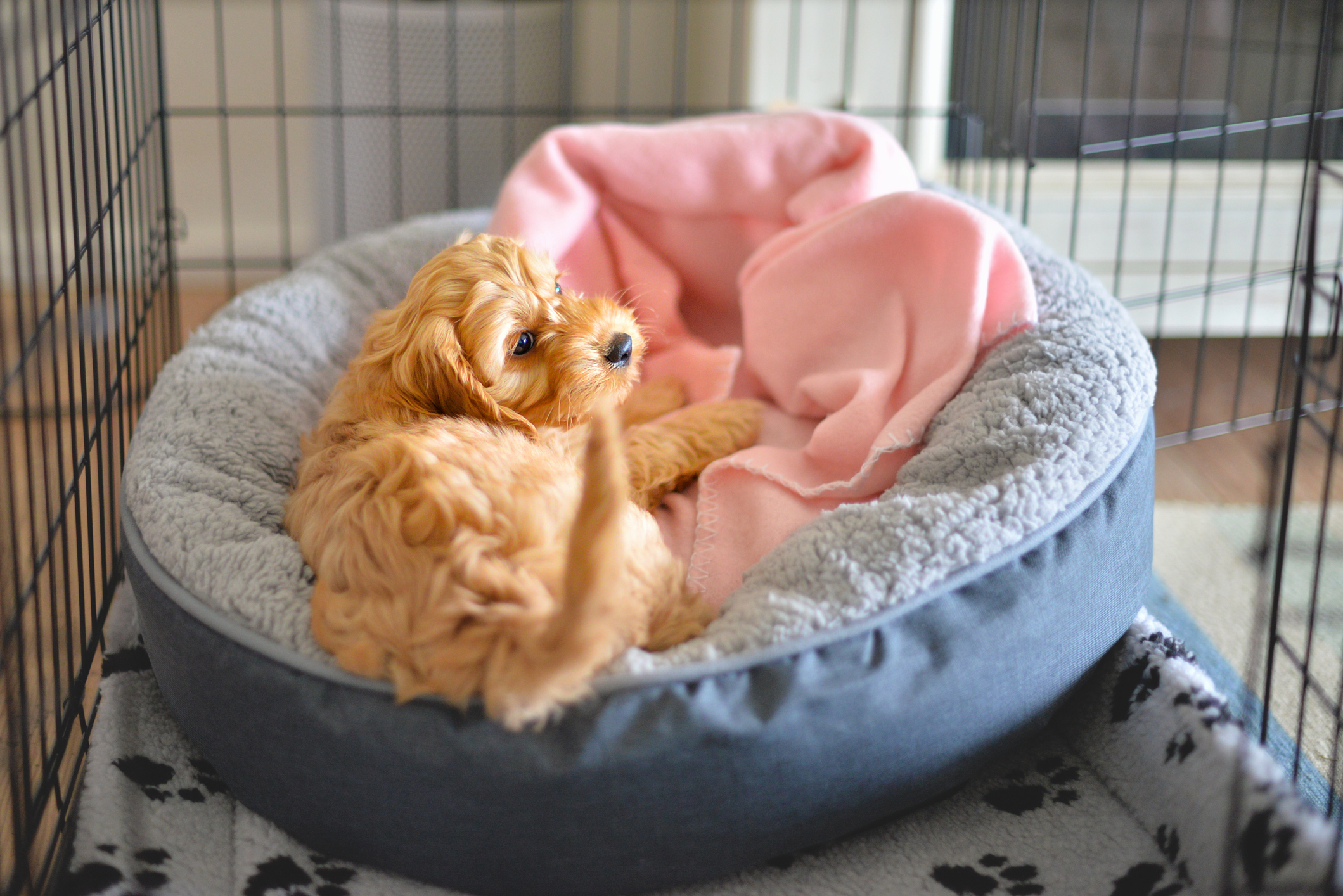
I know not everyone likes that idea. One lady whose dog I trained absolutely refused to use a crate for her dog, despite the fact that she was cleaning up his, ahem, ‘accidents’ first thing every morning. She claimed that it was cruel — which it most certainly isn’t.
As I explain in my piece on how to crate train a dog, you’re creating a lovely, calm, cosy and safe space for your dog to relax. You’re putting it somewhere away from loud noises, away from windows which let the morning light stream in, a place that’s all their own and only for them.
Exquisite houses, the beauty of Nature, and how to get the most from your life, straight to your inbox.
And it works. The lady who initially thought that crates were cruel was won over after her husband insisted they give it a try. Within a couple of weeks the problem was solved.
2. Reinforce the ‘leave’ command
When your dog wakes up early and starts barking to get your attention, walk down and give a firm, verbal ‘leave’ command — even though the dog is still in a crate, it lets them know to stop what they’re doing. I’ve covered before how to train your dog to leave things on command; and from your letter it sounds like you’ve done this really well already. I feel like the crate will be the last piece of the jigsaw; and that when you consistently give the leave command at 5:30, you’ll then be able to get back to bed for another hour or two’s sleep.
3. Dogs are creatures of routine — use that to your advantage when it’s the right time to get up
When it gets to the time I’ve decided it's right for us to get up, I have a little routine in the house that I follow religiously. I walk downstairs and go straight past the dogs, open the curtains, let the light in, walk past the dog again and put the kettle on. Then whilst the kettle is boiling I like to get my coat and hat on, and finally walk up to the dogs to ask them to sit at the door. Then I get my coffee, and calmly take the dogs outside to go to the toilet.
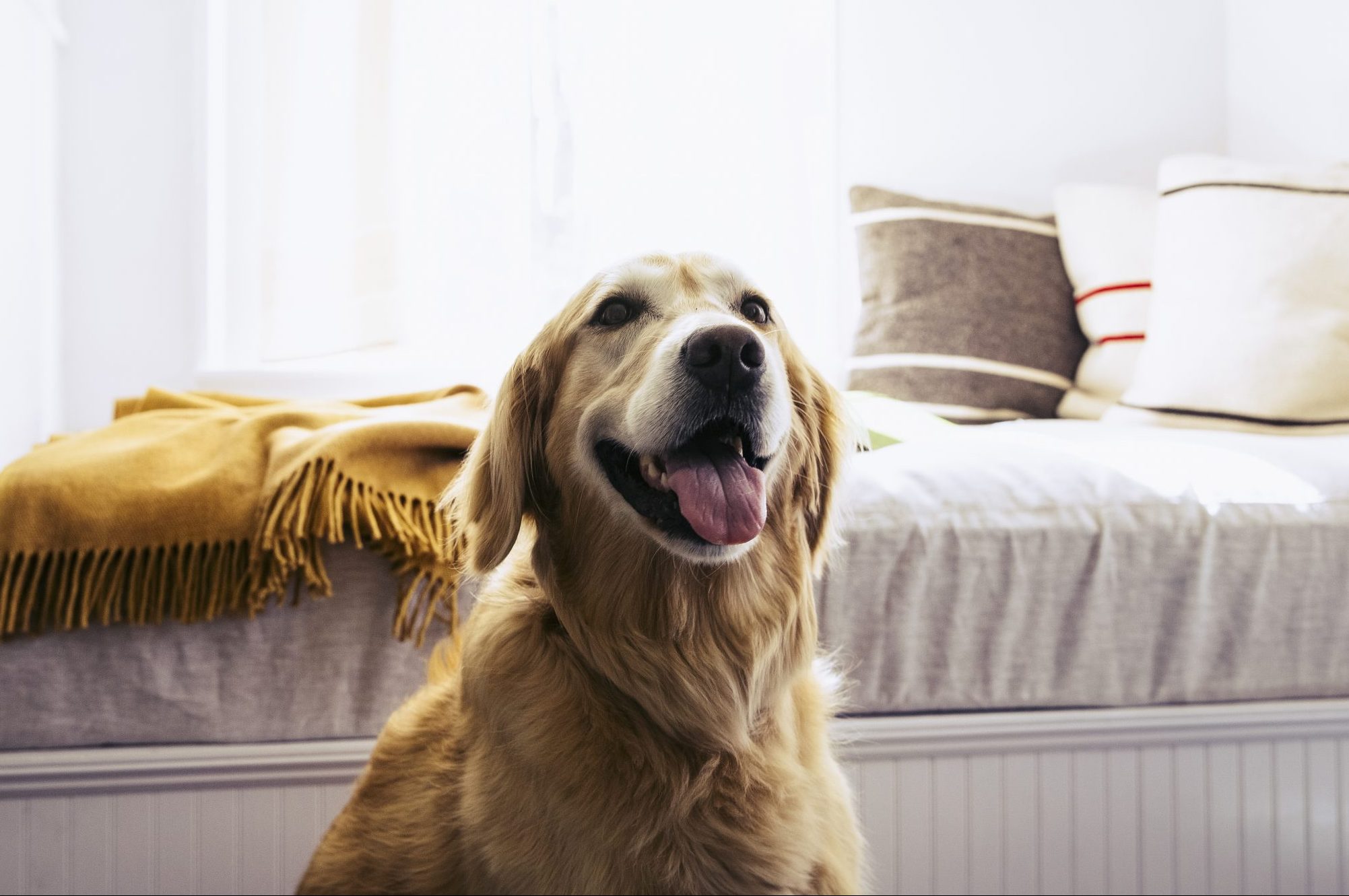
By doing this, the same way every day, I'm creating a very calm, chilled environment for my pets first thing in the morning. The dogs aren’t thinking, ‘There’s a noise! A person must be person here! Time to get outside!’ Instead, even if they’re disturbed by something, they look around and realise that there’s no rush until I’m there with my coat; the routine hasn't started yet, so let's go back to sleep.
They won’t get this overnight, but it really doesn’t take long. With the dogs I’ve brought in to the house that I mentioned earlier — and at the moment it’s a Labrador, a border terrier and Bavarian hound— I find that within a week of practicing this new routine, everything falls into place.
4. Once the routine is instilled, things will only get easier
The crate is only for training, not forever. These days our dogs sleep in their beds, getting tucked in at night by my wife Nicki — she wraps them up like little babies in blankets, bless her — and waking up perfectly content in the morning, just as it should be.
Ben Randall's new book, How to Train Your Gundog, is available to order now. For more detailed advice about Ben Randall’s positive, reward-based and proven BG training methods, one-to-one training sessions, residential training or five-star dog-boarding at his BGHQ in Herefordshire, telephone 01531 670960 or visit www.ledburylodgekennels.co.uk. For a free seven-day trial of the Gundog app, which costs £24.99 a month or £249.99 a year, visit www.gundog.app/trial
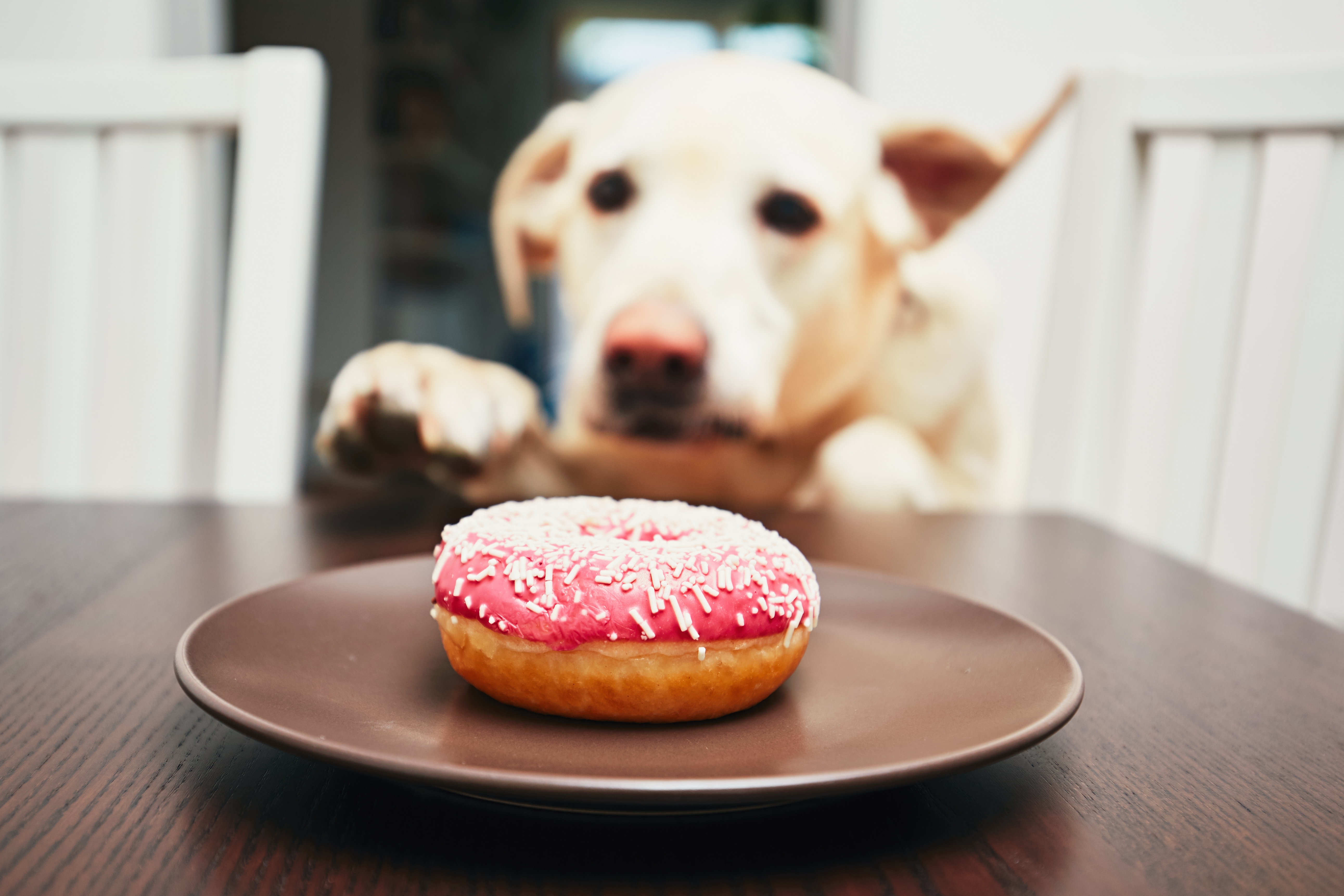
How to train your dog to leave things on command, by expert dog trainer Ben Randall
Teaching a dog to stop stealing food, clothes, TV remotes or anything else that they like to pinch can feel

Credit: Getty
What to do if your dog keeps barking when you leave the house, by A-list trainer Ben Randall
The unconditional love of a dog is a wonderful thing, but when they get so attached that they can't bear
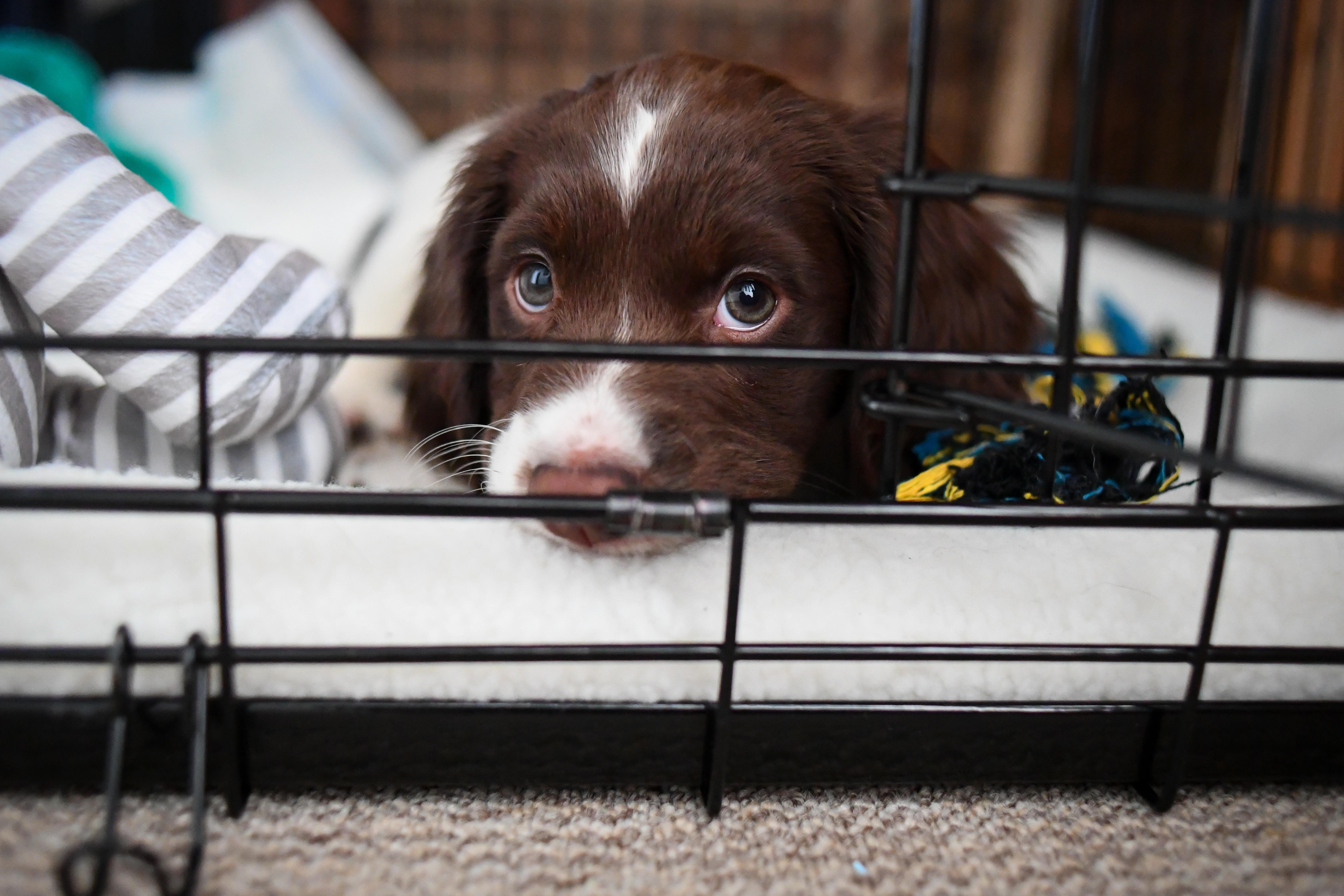
Crate training a puppy: Six tips from expert dog trainer Ben Randall
Puppy crate training can be tricky, yet it can pay dividends in all sorts of ways — even making puppy toilet
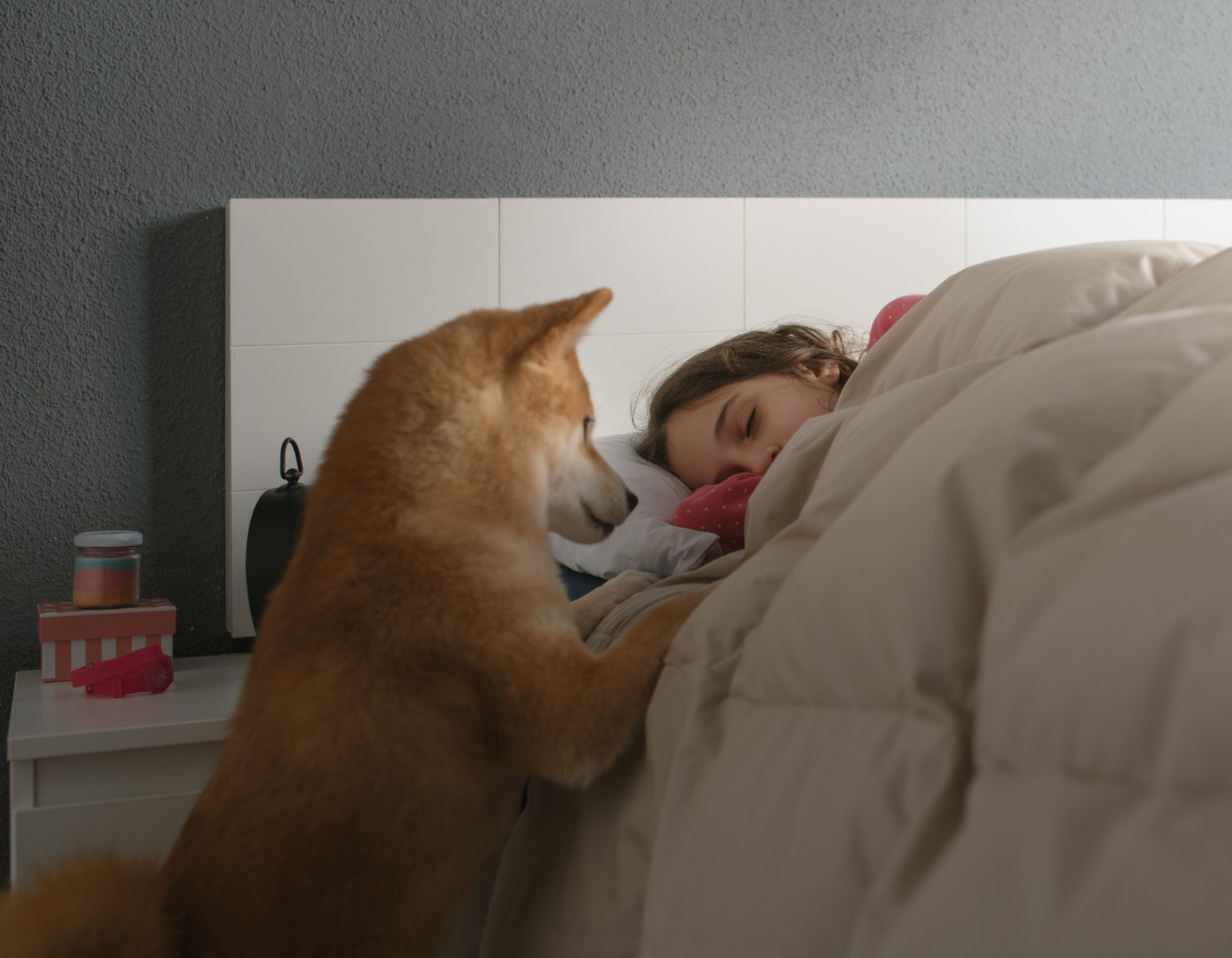
Credit: Getty Images
How to stop your dogs waking up too early, by top trainer Ben Randall
An unwanted early morning wake-up call from her dogs is the problem faced by our reader this week.
